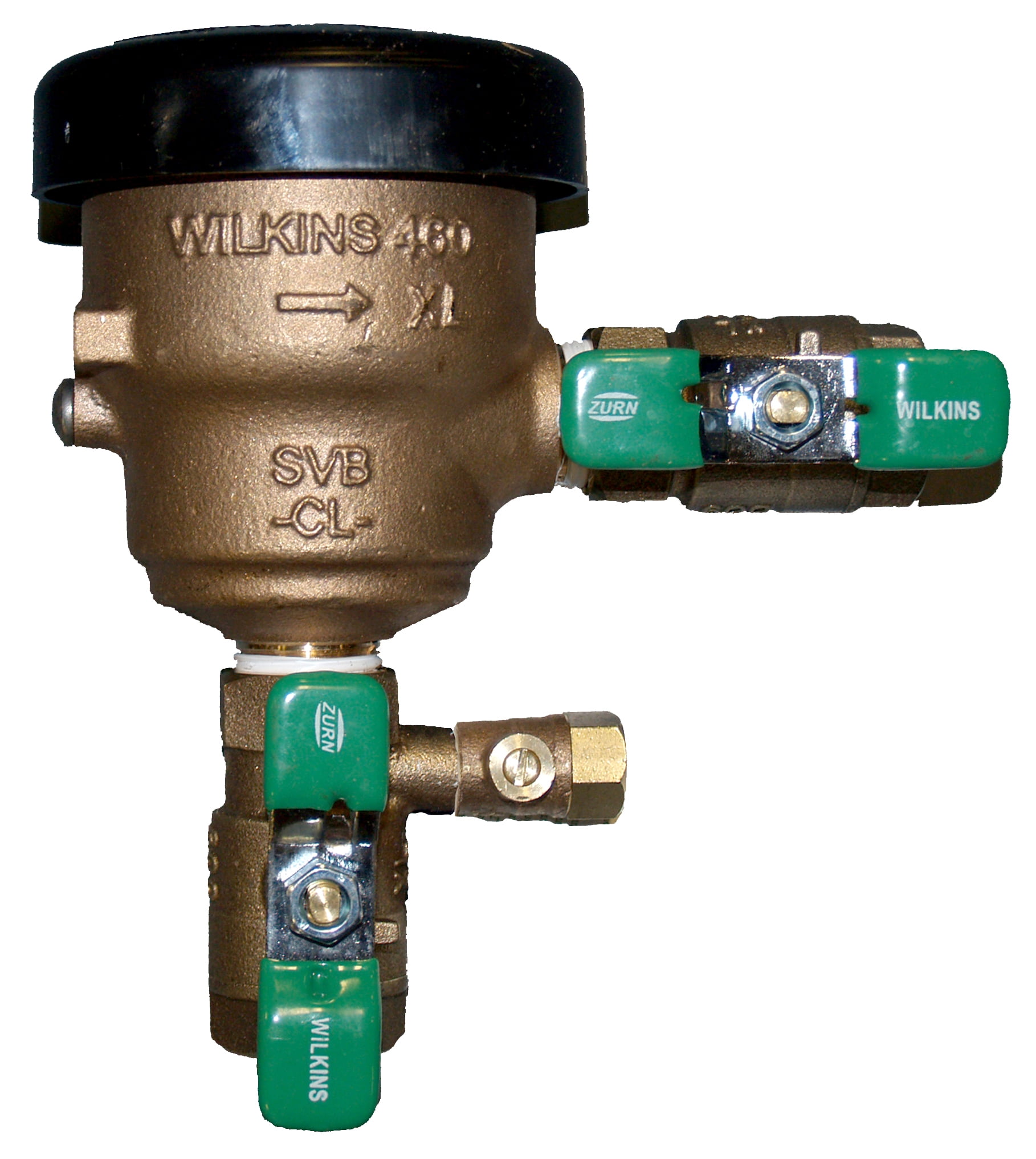Vacuum breakers are often overlooked devices in a plumbing system but play an important role in protecting your home from contamination. A vacuum breaker can leak due to corrosion, debris, or improper maintenance. Fixing a leaking vacuum breaker is a simple task that anyone can perform with the right tools and knowledge. This guide will provide you with a step-by-step guide on how to fix a leaking vacuum breaker.

Image: www.walmart.com
Understanding Vacuum Breakers
Vacuum breakers are small but crucial devices installed on outdoor faucets and irrigation systems to prevent backflow. Backflow occurs when water flows in the opposite direction of the intended path, which can contaminate water supply systems with pollutants. Vacuum breakers create an air gap to prevent this by breaking the suction when water flow stops.
Identifying a Leaking Vacuum Breaker
A leaking vacuum breaker is usually easy to spot. Look for any water dripping from the vacuum breaker or under the outdoor faucet. If you see water leaking from the top of the vacuum breaker, it’s likely the diaphragm is damaged and needs to be replaced. If water is leaking from the base, the vacuum breaker may have a loose seal or is cracked.
Tools and Materials
To fix a leaking vacuum breaker, you will need the following tools and materials:
- Adjustable wrench
- Pipe wrench
- Teflon tape
- New vacuum breaker (if necessary)
- Plumber’s putty (if necessary)

Image: diy.stackexchange.com
Step-by-Step Guide
1. Turn Off Water Supply: Before starting any work, shut off the water supply to the outdoor faucet. Locate the water shut-off valve, usually located near the outdoor faucet, and turn it clockwise to stop the water flow.
2. Remove the Vacuum Breaker: Use an adjustable wrench to unscrew the vacuum breaker from the faucet. Keep a rag handy to catch any dripping water. If the vacuum breaker is stuck, apply some penetrating oil and try again. Do not overtighten.
3. Inspect the Vacuum Breaker: Examine the vacuum breaker for any visible damage, such as cracks or corrosion. If the diaphragm is torn or damaged, it needs to be replaced. If the vacuum breaker is cracked, replace it with a new one.
4. Apply Teflon Tape: Wrap a few layers of Teflon tape around the threads of the new vacuum breaker. This helps create a watertight seal. If the pipe is old, you can also wrap Teflon tape around the threads of the pipe.
5. Install the New Vacuum Breaker: Screw the new vacuum breaker onto the faucet by hand, positioning the handle in a vertical position. Use an adjustable wrench to tighten it firmly, but avoid overtightening.
6. Apply Plumber’s Putty (Optional): If the vacuum breaker still leaks, apply a small quantity of plumber’s putty around the base of the vacuum breaker. This will seal any gaps and prevent leaks.
7. Turn On Water Supply: Gradually turn the water shut-off valve counterclockwise to allow water to flow back into the faucet. Check for leaks around the vacuum breaker. If no leaks are visible, your repair is complete.
Tips for Preventing Vacuum Breaker Leaks
- Regularly inspect vacuum breakers for corrosion, wear, or debris.
- Clean vacuum breakers as needed using a mild soap and water solution.
- Do not apply excessive force when tightening a vacuum breaker.
- Replace vacuum breakers every 3-5 years, or more frequently if they are exposed to harsh conditions.
How To Fix Vacuum Breaker Leaking
Conclusion
Fixing a leaking vacuum breaker is a simple task that can prevent costly water damage and contamination. By following the steps outlined in this guide, you can ensure your vacuum breaker operates efficiently and protects your home’s water supply. If you encounter any difficulties or if the leak persists, it is always advisable to consult a professional plumbing technician.










